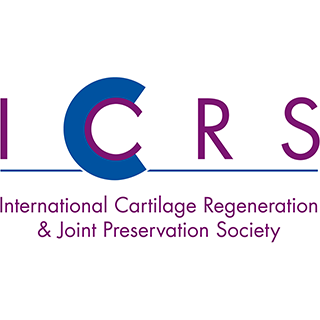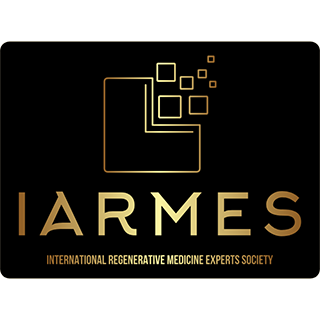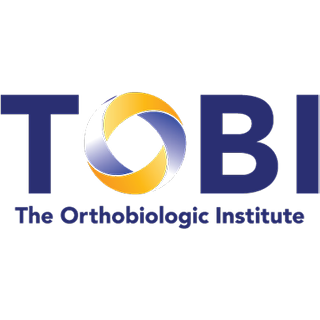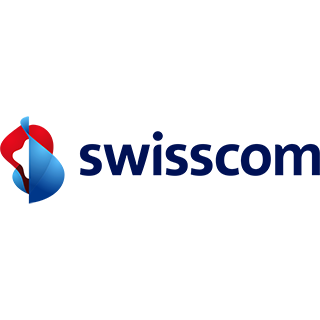The treatment methods are scientifically based and evident (effect proven).
Our many years of experience and the scientific studies show the outstanding treatment safety with regard to tolerability and risks. The treatments are effective in the long term compared to classical treatment with pain-relieving drugs or treatment with cortisone. In cases where the use of drugs is limited due to concomitant diseases, the methods of regenerative medicine are applicable due to their excellent tolerability.
The objective of regenerative medicine in each case is to use the body’s own cell functions to restore a normal tissue environment (the body’s own healing capacity) with normal function and freedom from pain.
